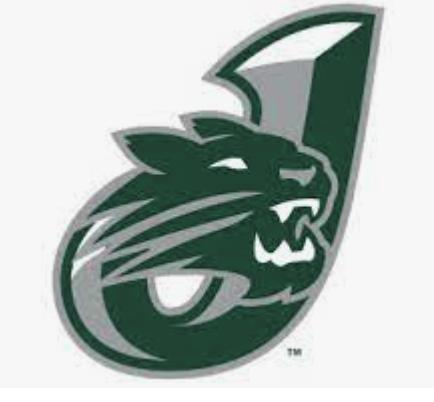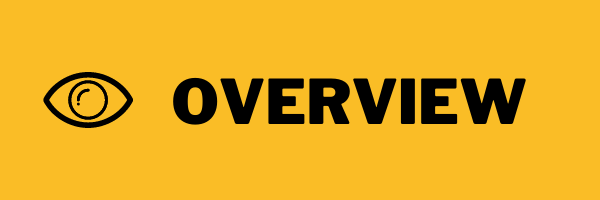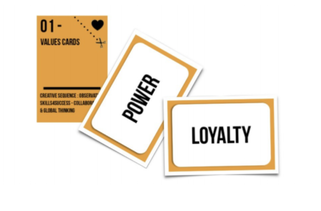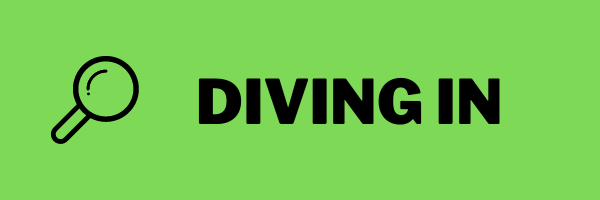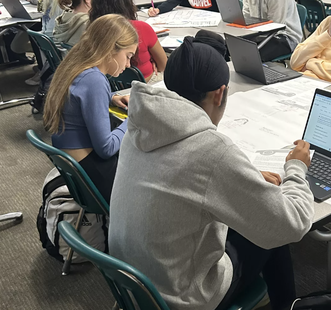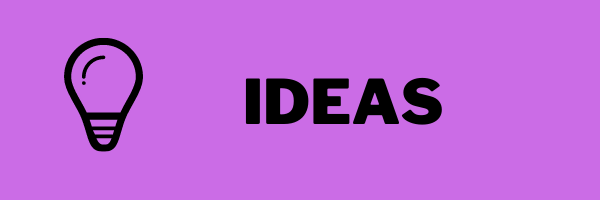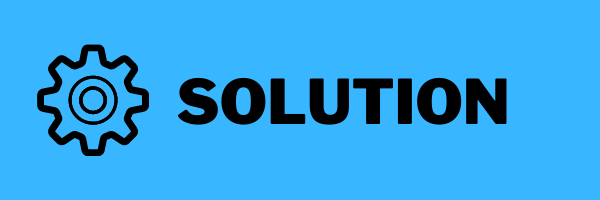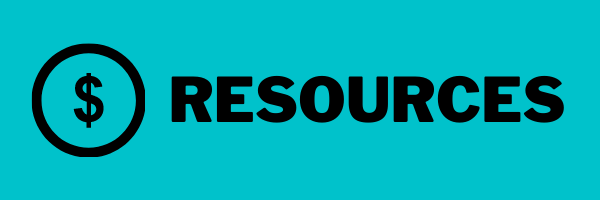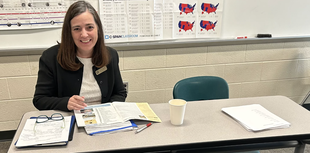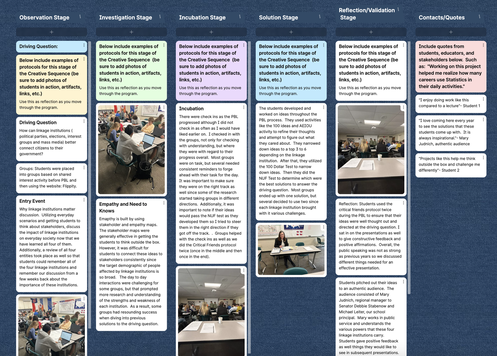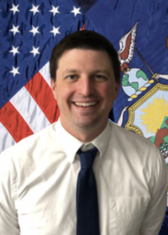Linkage Institutions
By: Kyle Stumpf
By: Kyle Stumpf
Project at a Glance:
|
|
Standards:
Entry Event:
|
Stakeholders:
|
Incubation:
Checking in:
|
|
Solution Building:
|
Authentic Audience:
|
Click here for teacher's full plan.
Reflection and Feedback:
|
Click here for the teacher's Journey through PBL on Padlet . . .
|
Meet the Educator:
Kyle Stumpf teaches AP Government and Politics, AP European History, and Government at Jenison High School in Jenison, MI. "PBL helps develop problem solving and communication skills while giving students an opportunity to practice critical thinking in real world situations. Our students are the leaders of tomorrow and PBL helps develop them into better leaders." |
